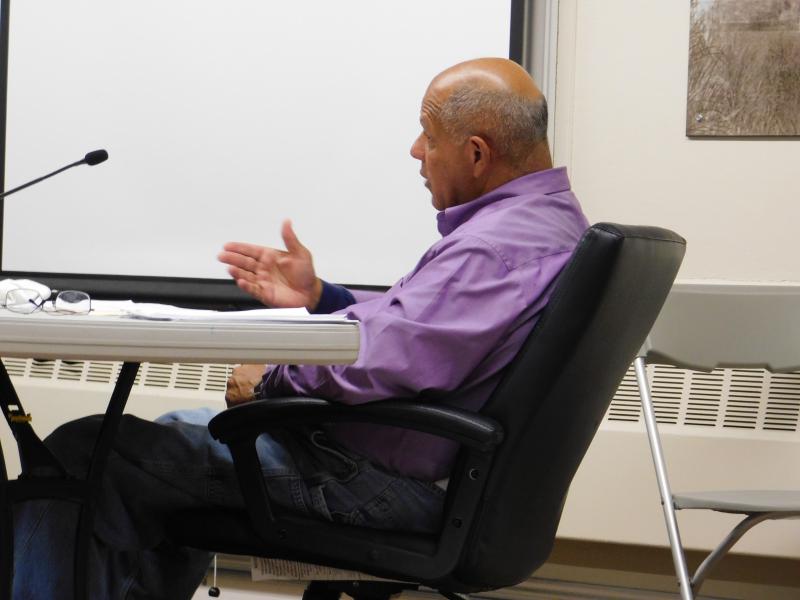Water treatment plant nears capacity
The Sewer Commissioners are considering a moratorium on new sewer connections as the Water Pollution Control Facility nears capacity, and are starting work on a project that could fix the capacity problems.
Increasing the capacity will take time, so a temporary ban on new connections to the sewer will likely be necessary. However, restricting access to the sewer could stymie the development of new homes and businesses in town.
The facility is currently operating at nearly 80 percent capacity — the threshold that triggers a process with the Department of Environmental Protection. When the plant’s average annual flow surpasses 80 percent of the plant’s capacity, the town would need to begin planning to expand the plant or halt any growth in capacity.
Officials are working on some projects to reduce the risk of unregulated discharges from the plant, including basins that will hold excess flow during heavy rain events and denitrification filters. These projects will be brought to residents for funding at the upcoming Town Meeting, scheduled for October 26. The projects’ exact costs are unknown, but will total at most $9 million.
But those projects don’t increase the capacity of the plant.
Complicating the issue is the fact that the town has signed commitments including 100,000 gallons per day for Bourne, 500,000 gallons per day for A.D. Makepeace in the Business Development Overlay District, and others.
In sum, those commitments are far beyond the plant’s capacity. And that could cause legal trouble.
Russell Kleekamp of GHD Engineering said that expanding the plant would be an at least four year project and would cost somewhere in the tens of millions of dollars.
In the short term, to protect against unregulated discharges during high-flow days like heavy rainstorms, the board is considering issuing a moratorium on new connections to the sewer.
The commissioners will be meeting with a variety of local officials, including the Board of Selectmen, Town Counsel, the Planning Board, and others to discuss the proposed moratorium.
A moratorium could stunt the town’s efforts to expand the tax base through new homes and businesses.
There is another project in the works that would increase the capacity of the plant by constructing a new outfall pipe into the Cape Cod Canal. The outfall pipe discharges the water that has been treated and cleaned in the plant.
Currently, the water treatment plant’s outfall pipe discharges into the Agawam River, which is an ecologically sensitive area. That sensitivity means that the town can only discharge a certain amount of treated water there without adversely impacting the environment.
Director of Water Pollution Control Guy Campinha said moving the outfall to the canal would allow the facility to increase capacity from 1.56 million gallons per day to 7 million gallons per day. His department has worked with the Buzzards Bay Coalition to make sure the project would be environmentally-friendly.
“We have a capacity issue. So it’s in the best interests of Wareham to get to the canal,” Campinha said. He later described the situation as a “crisis,” and said that he and his department are working non-stop to push for the project.
During the Thursday meeting, the commissioners approved a $66,000 contract with Kleinfelder Engineering to plan a route to the Canal.
Instead of routing the pipe along Route 6 and 28 or along the train tracks, this contractor could route the pipe directly from the Water Pollution Control Facility at 6 Tony’s Lane (off Sandwich Road) under the river, under the train tracks, under Onset Avenue, and finally ending up near Mass Maritime in Buzzards Bay.
That is a shorter, more direct route — which would make the project significantly cheaper.
The cost of the project, and the timeline for its completion, are unknown.
Once the project is completed, the town could begin to process sewage from other municipalities, which would generate income for the town.












